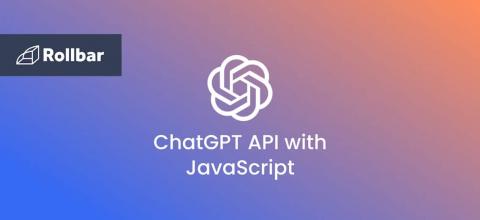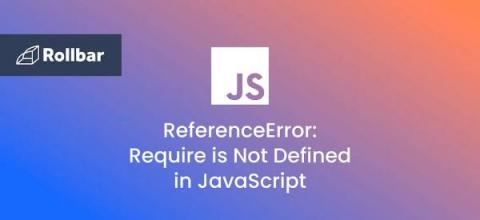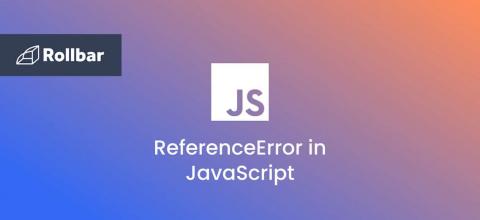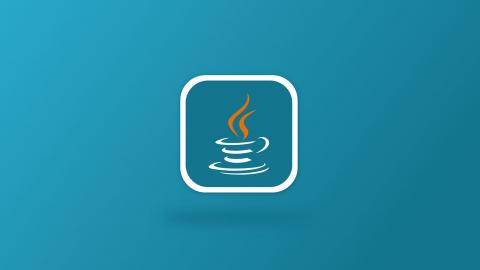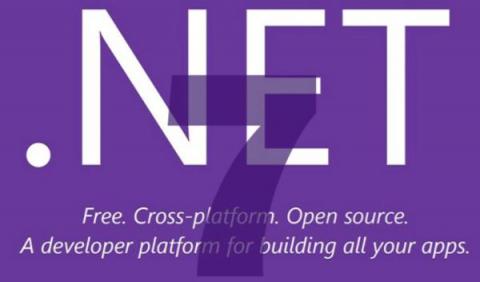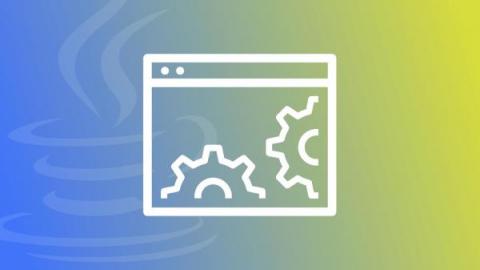How to Use the ChatGPT API with JavaScript
Eager to infuse your JavaScript app with state-of-the-art AI? This comprehensive tutorial will show you how to embed ChatGPT, the titan of large language models, into your JavaScript code. Get ready to revolutionize your app's interactivity with natural language processing capabilities.


